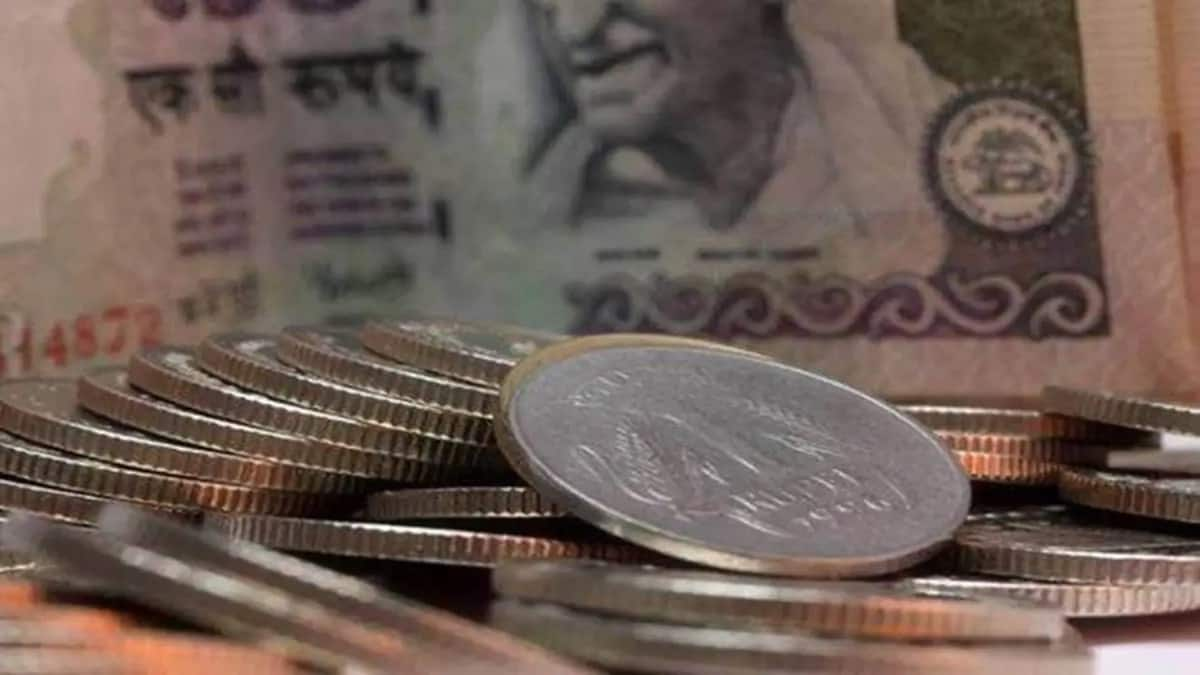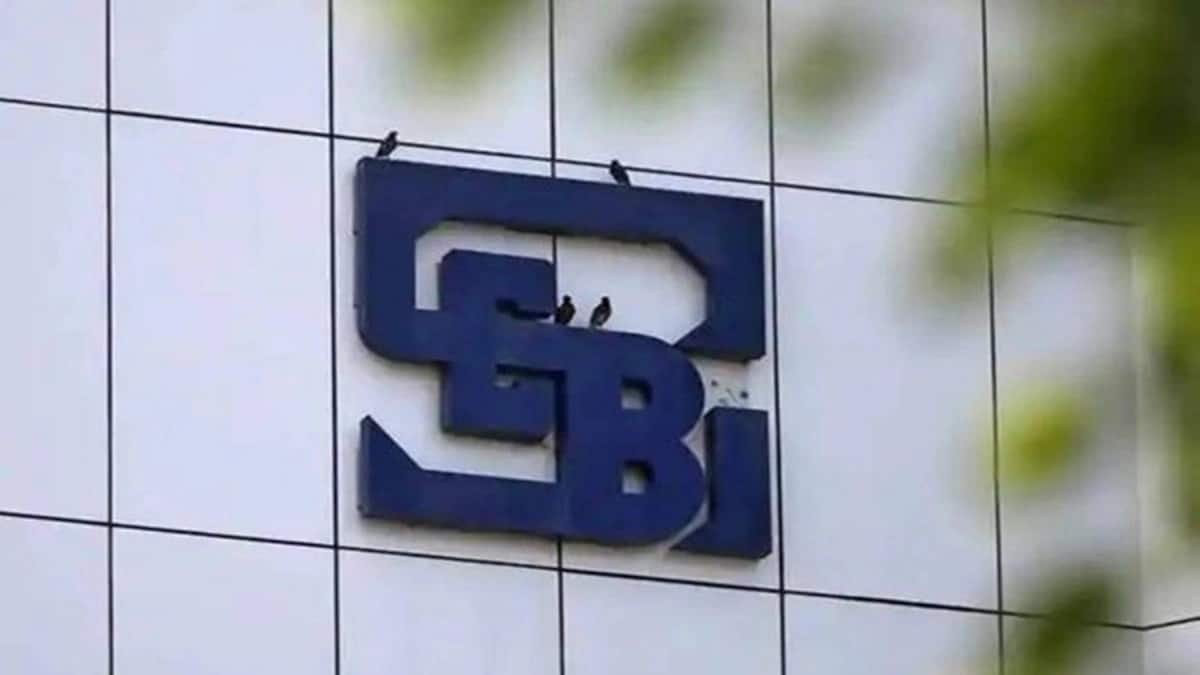Israel’s Innovative ‘Sponge Bombs’: Unveiling a Unique Tool to Counter Gaza’s Underground Tunnels
Israel is on the verge of introducing a groundbreaking tactical tool, referred to as the “sponge bomb,” in its ongoing efforts to counteract the complex network of underground tunnels used by Hamas in Gaza.
These specialized devices are encased within a protective plastic container featuring a precisely engineered metal barrier that divides two distinct liquids. When the moment arises, a trained soldier activates the “sponge bomb,” allowing these liquids to merge as it advances towards its intended destination.The Israel Defense Forces (IDF) have ingeniously designed these “sponge bombs” to serve a very particular purpose. Unlike traditional explosive devices, they do not inflict harm through explosions. Instead, they work by promptly sealing any gaps or tunnel openings that might be exploited by hostile combatants.
To address this intricate challenge, the IDF has formed specialized tunnel reconnaissance units within the engineering corps. These units are equipped with an array of cutting-edge tools, including ground-penetrating radar, both aerial and ground sensors, and advanced drilling systems.Recent reports indicate that IDF personnel have been furnished with specialized equipment to facilitate underground visibility. Given the absence of natural light in the underground environment, troops are now reliant on thermal technology for night vision, supplemented by specially designed radios capable of reliable communication in these challenging conditions.In addition to these measures, Israel is actively exploring the use of drones and robots to navigate the complex tunnel network. However, deploying these technologies underground has posed significant technical challenges.The introduction of the “sponge bomb” and these highly specialized tools represents a concerted effort by Israel to adapt and respond effectively to the evolving threats posed by underground tunnel networks. These endeavours are part of a broader strategy to ensure the safety and security of Israeli soldiers as they confront the complex and perilous reality of the “Gaza Strip.”











Recent Comments